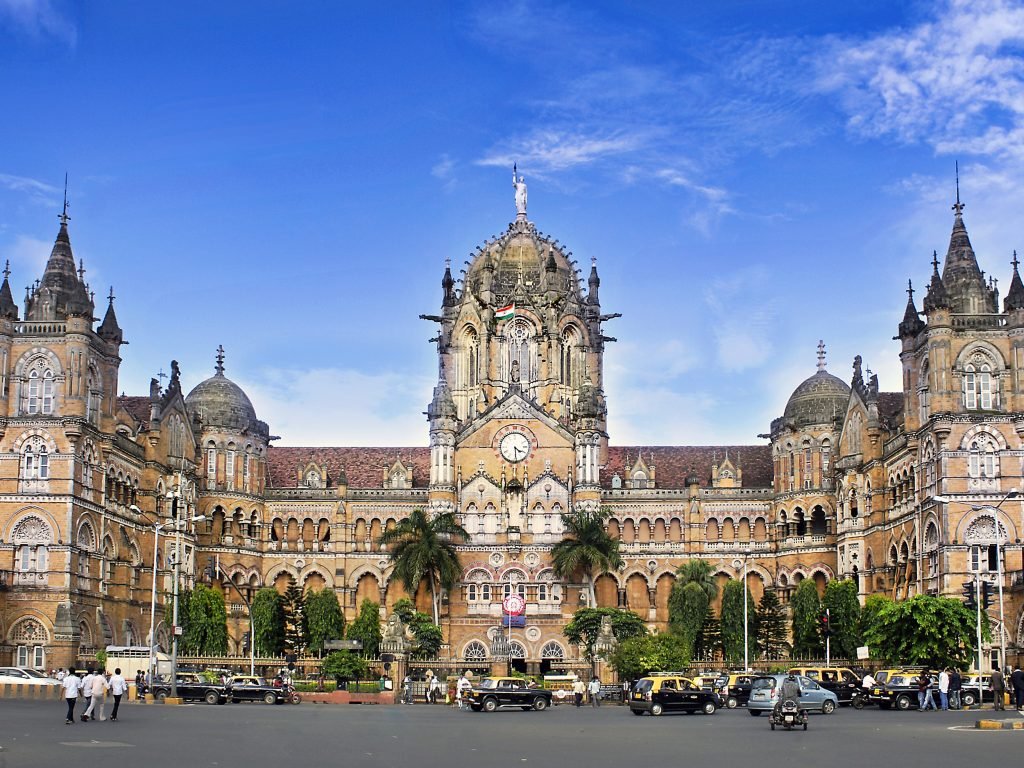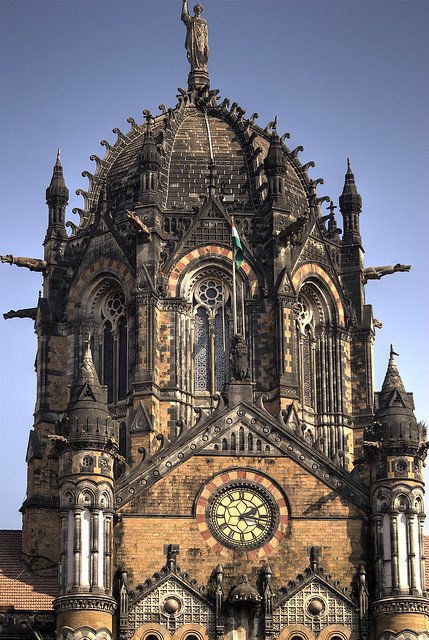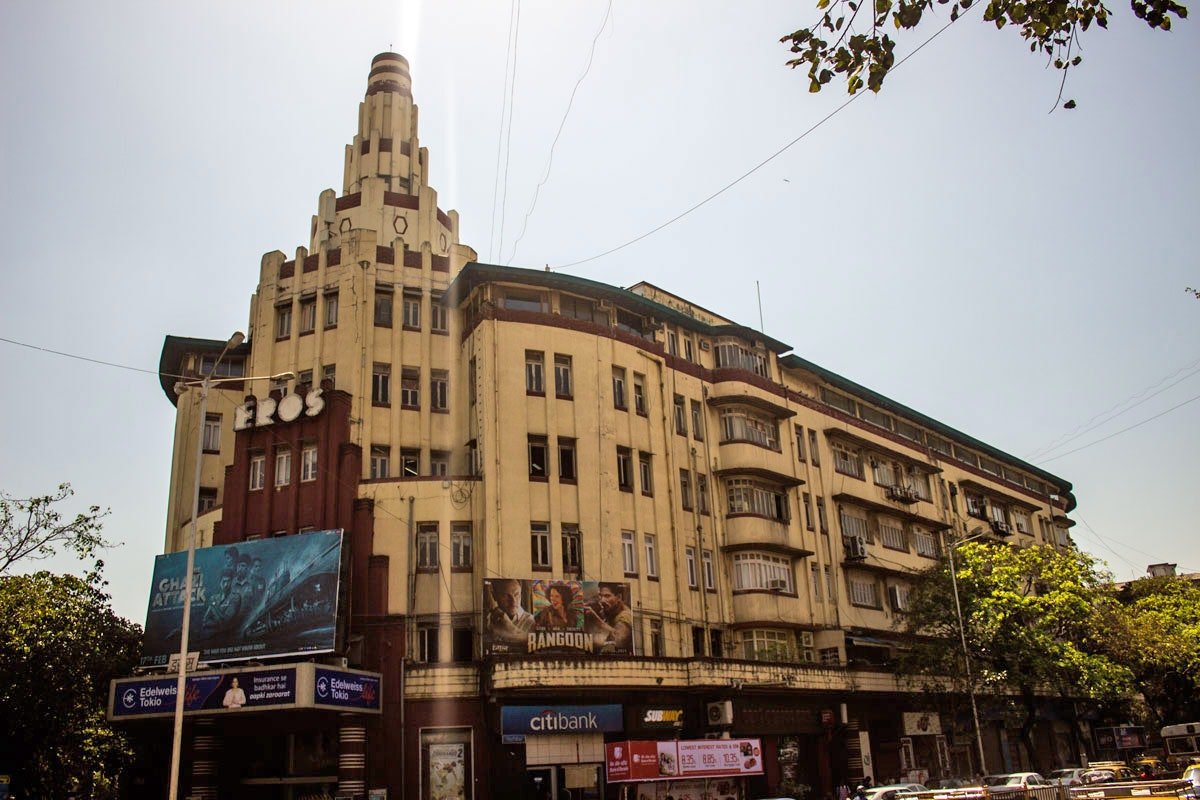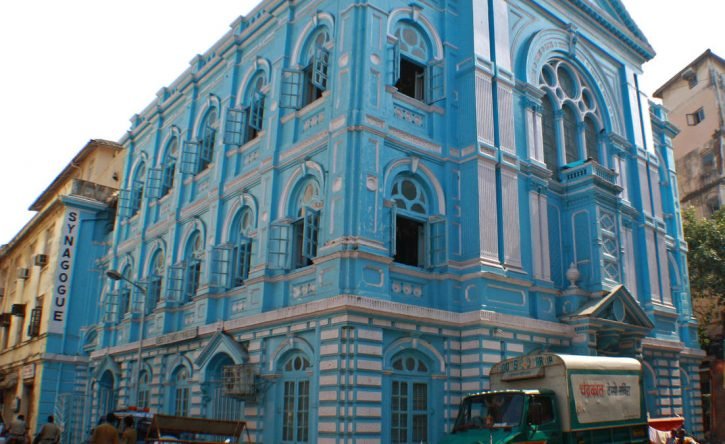Mumbai has a rich architectural heritage, series of historical precincts, and structures. People have adapted to the fast pace of this city and co-exist in this urban fabric amidst history thus rendering a varied and distinct cultural fabric to the city. With business booming here since ancient times, the city became home to a lot of communities who brought their authentic food, culture, language; and with all of these also came a varied range of architectural styles. The architectural heritage of Bombay is quite synonyms with its famous street food ‘Bombay Bhel’. Like ‘bhel’- an impromptu mixture and layering of varied flavors and tastes; architecture here is a varied mixture of architectural realms.
An extensive guide of some of these structures of historical significance is here –
Chatrapati Shivaji Maharaj Terminus- CSMT
Building type: Railway Terminus
Architectural genre: Gothic revival
Architect: F. W. Stevens


The heritage of Bombay can never begin without the mention of his masterpiece. Designed by the British architect F. W. Stevens this railway terminus depicts the Victorian Gothic Revival architecture in India amalgamated with certain features of Indian architectural elements. Labeled as the world heritage by UNESCO, this structure today is known to be more than just a railway terminus. The structure attracts a lot of tourism every day. The architectural elements like the gargoyles, the octagonal-shaped dome, and the extensive ornamentation of animal figurines on column capitals & spandrels. The facade is embedded with medallion portrait sculptures. The typical features of this building are the granite columns, wrought iron grills, arched doors & windows, etc. thus adding a dramatic feature to the skyline of Bombay. The delicate carvings of a peacock, floral engravings on the exterior facade as well as on arch casings show the amalgamation of Indian forms into gothic style.
EROS Cinemas, Cambata Building
Building type: Cinema Theatre / Assembly
Architectural style: Art Deco
Architect: Shorabji Bhedwar

Situated opposite the Churchgate railway station on the western line is this art deco building, famous by the name of Eros Cinema. This structure adds quite a quirky and artistic element to the Bombay skyline. The actual name of this structure is Cambata building and is known for showcasing a series of art deco features. The primary element is the ziggurat pattern of the structure. The curved edges, the pale cream, red Agra sandstone facade, and the series of elongated windows are among the other art deco elements that are adorned on this structure.
The interiors are adorned with grand marble staircases and chromium handrails further adding to the art deco feel. Sorabji Bhedwar, the Architect of this building conceptualized the structure in such a way that the two wings having the curved profile converge at the central block. The central block further rises vertically in a stepped pattern, Also the vertical frames all over the façade help create a sense of motion, whereas the horizontal red bands break the monotony of these vertical bands. A sense of play is induced by the relief work done on the red bands in the elevation.
Knesset Eliyahoo Synagogue
Building type: Religious place
Architectural style: Traditional Jewish, Gothic –Victorian,
Architect: Gostling & Morris
Restored by: Abha Narain Lambah Associates, Mumbai


Knesset Eliyahoo Synagogue, located in Bombay’s Art district Kala Ghoda is beautiful evidence of Bombay’s rich cultural as well as architectural heritage. In 1884, the synagogue was built by Jacob Sassoon for the Baghdadi and the Benne Israeli Jewish communities residing in Bombay. The blue color of the building made it stand out from the rest structures in the Kala Ghoda precinct is a major tourist attraction. The Corinthian columns, the triangular roof on the external facade, semi-circular and segmented fenestrations, and the cast-iron panels are the key features that add a sense of character to this building. Moreover, the interior is as breath-taking as the exterior and adorned with Minton tiles, grapevine, religious symbols & motifs. Moreover, the initial interior color palette of light blue has now been restored to pale and sage green. For everyone wanting to experience the ‘Bombay’ in Mumbai, this place is from where you must start.
But that’s not all!
The architectural heritage of Mumbai is an extremely vast topic. With the amazing number of buildings that Mumbai has, no blog post can do justice to it. You have to take a walk and explore to live the heritage of Bombay completely.

